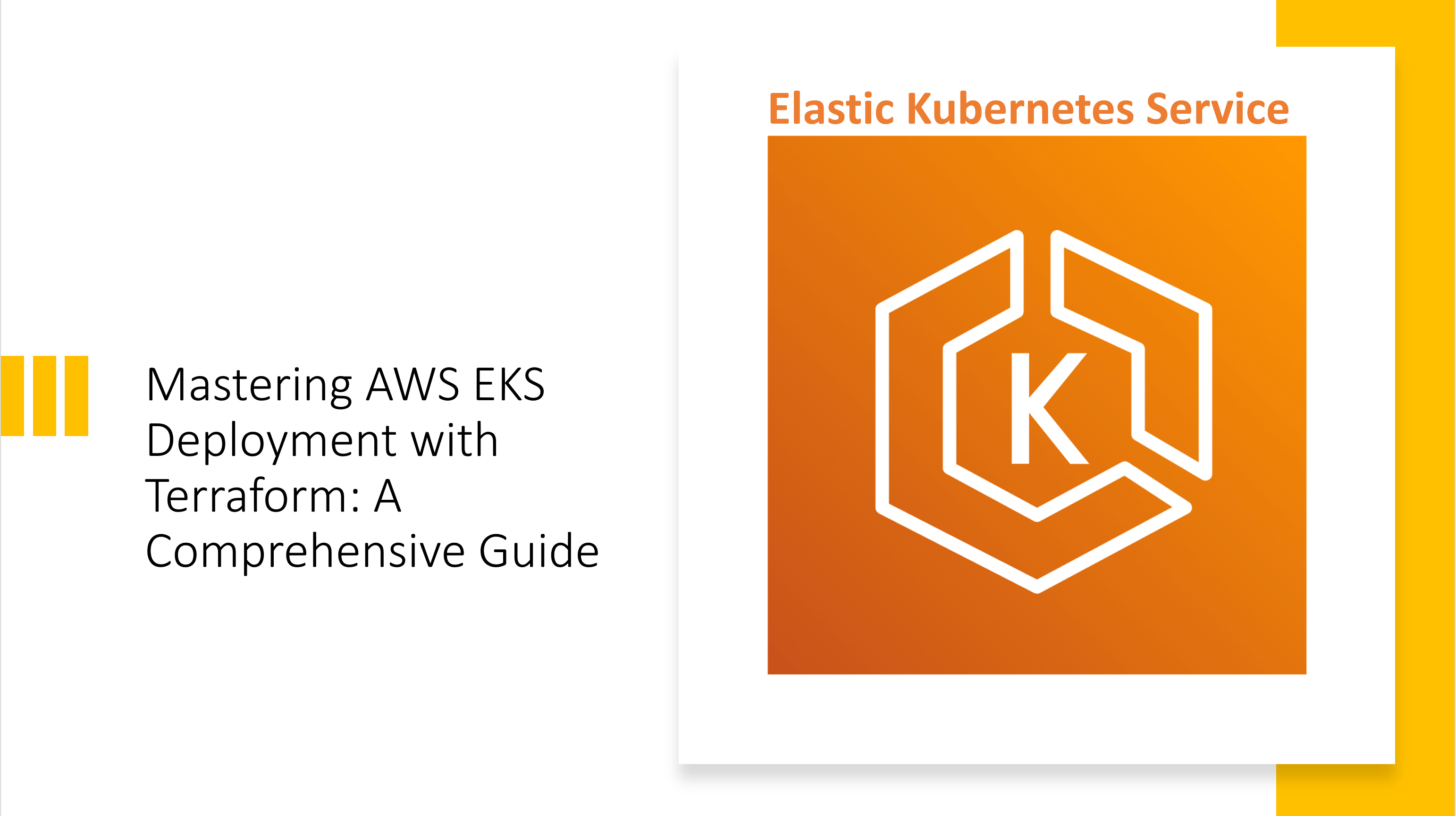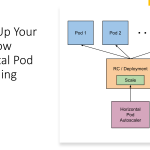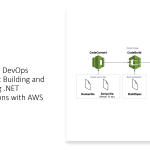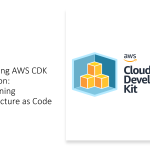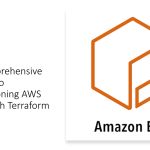Introduction: Amazon Elastic Kubernetes Service (EKS) simplifies the process of deploying, managing, and scaling containerized applications using Kubernetes on AWS. In this guide, we’ll explore how to provision an AWS EKS cluster using Terraform, an Infrastructure as Code (IaC) tool. We’ll cover essential concepts, Terraform configurations, and provide hands-on examples to help you get started with deploying EKS clusters efficiently.
Understanding AWS EKS: Before diving into the Terraform configurations, let’s familiarize ourselves with some key concepts related to AWS EKS:
- Managed Kubernetes Service: EKS is a managed Kubernetes service provided by AWS, which abstracts away the complexities of managing the Kubernetes control plane infrastructure.
- High Availability and Scalability: EKS ensures high availability and scalability by distributing Kubernetes control plane components across multiple Availability Zones within a region.
- Integration with AWS Services: EKS seamlessly integrates with other AWS services like Elastic Load Balancing (ELB), Identity and Access Management (IAM), and Amazon ECR, simplifying the deployment and operation of containerized applications.
Provisioning AWS EKS with Terraform: Now, let’s walk through the steps to provision an AWS EKS cluster using Terraform:
- Setting Up Terraform Environment: Ensure you have Terraform installed on your system. You can download it from the official Terraform website or use a package manager.
- Initializing Terraform Configuration: Create a new directory for your Terraform project and initialize it with a
main.tffile. Insidemain.tf, add the following configuration:
provider "aws" {
region = "your-preferred-region"
}
module "eks_cluster" {
source = "terraform-aws-modules/eks/aws"
version = "X.X.X" // Use the latest version
cluster_name = "my-eks-cluster"
cluster_version = "1.21"
subnets = ["subnet-1", "subnet-2"] // Specify your subnets
# Additional configuration options can be added here
}
Replace "your-preferred-region", "my-eks-cluster", and "subnet-1", "subnet-2" with your desired AWS region, cluster name, and subnets respectively.
3. Initializing Terraform: Run terraform init in your project directory to initialize Terraform and download the necessary providers and modules.
4. Creating the EKS Cluster: After initialization, run terraform apply to create the EKS cluster based on the configuration defined in main.tf.
5. Accessing the EKS Cluster: Once the cluster is created, Terraform will provide the necessary output, including the endpoint URL and credentials for accessing the cluster.
IAM Policies and Permissions: To interact with the EKS cluster and underlying resources, you need to configure IAM policies and permissions.
Here’s a basic IAM policy that grants necessary permissions for managing EKS clusters, EC2 and S3 related resources:
{
"Version": "2012-10-17",
"Statement": [
{
"Effect": "Allow",
"Action": "eks:*",
"Resource": "*"
},
{
"Effect": "Allow",
"Action": "ec2:*",
"Resource": "*"
},
{
"Effect": "Allow",
"Action": "s3:*",
"Resource": "*"
},
{
"Effect": "Allow",
"Action": "iam:*",
"Resource": "*"
}
]
}
Make sure to attach this policy to the IAM role or user that Terraform uses to provision resources.
Conclusion: In this guide, I’ve covered the process of provisioning an AWS EKS cluster using Terraform, along with essential concepts and best practices. By following these steps and leveraging Terraform’s infrastructure automation capabilities, you can streamline the deployment and management of Kubernetes clusters on AWS. Experiment with different configurations and integrations to tailor your EKS setup according to your specific requirements and workload characteristics. Happy clustering!
Additional References:
- AWS EKS Documentation – Official documentation providing in-depth information about Amazon EKS, including getting started guides, best practices, and advanced topics.
- Terraform AWS EKS Module – Official Terraform module for provisioning AWS EKS clusters. This module simplifies the process of setting up EKS clusters using Terraform.
- IAM Policies for Amazon EKS – Documentation providing examples of IAM policies for Amazon EKS, helping you define fine-grained access controls for EKS clusters and resources.
- Kubernetes Documentation – Official Kubernetes documentation offering comprehensive guides, tutorials, and references for learning Kubernetes concepts and best practices.
